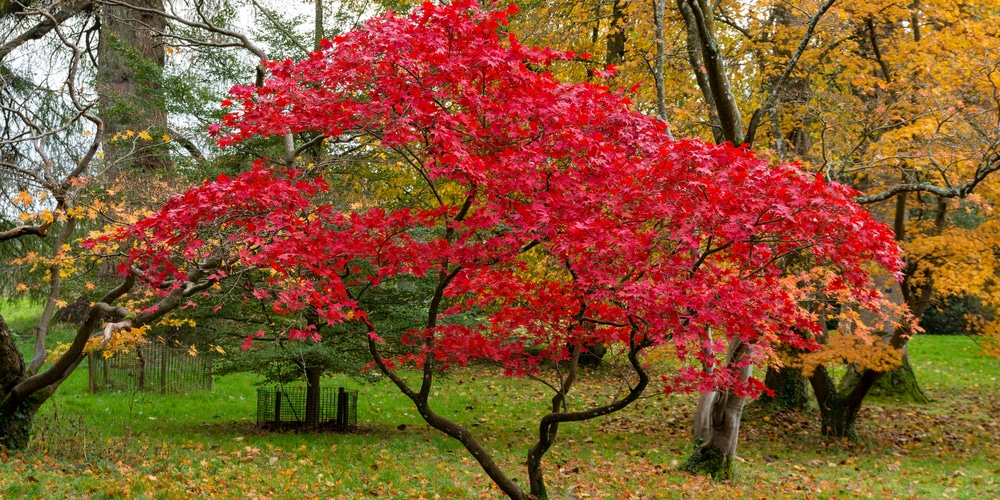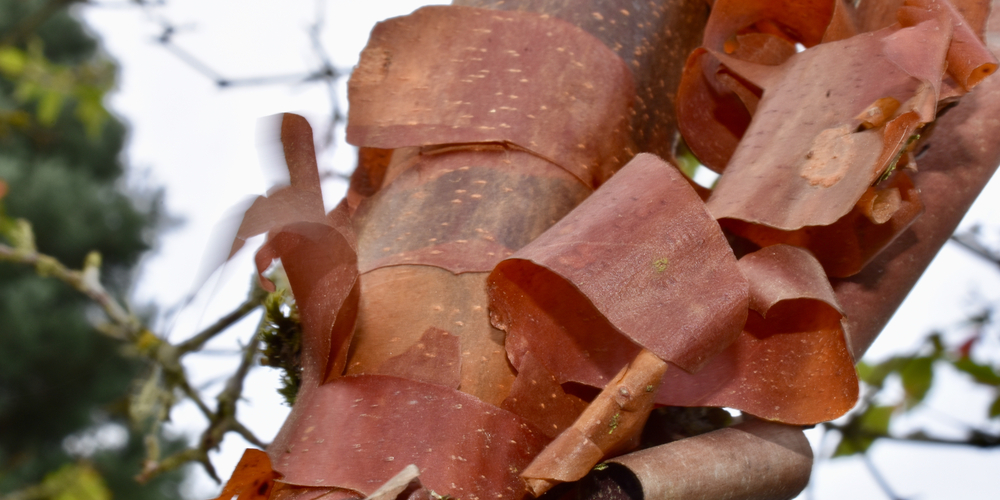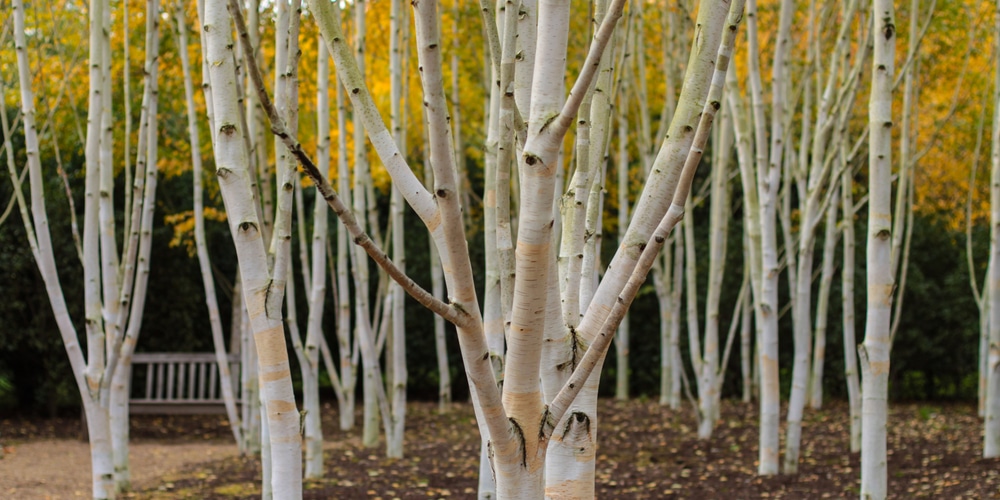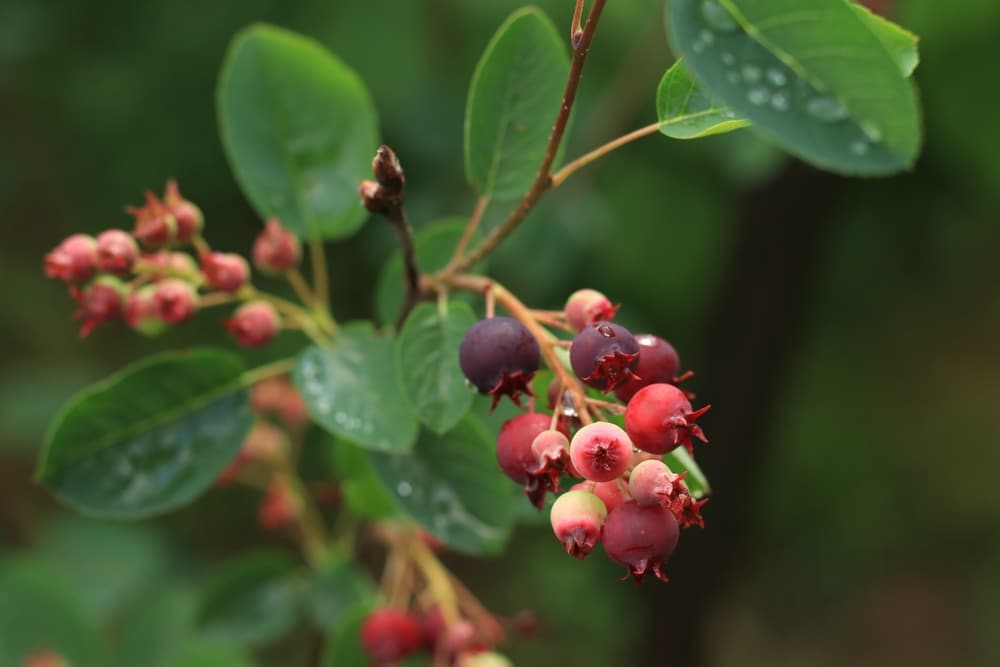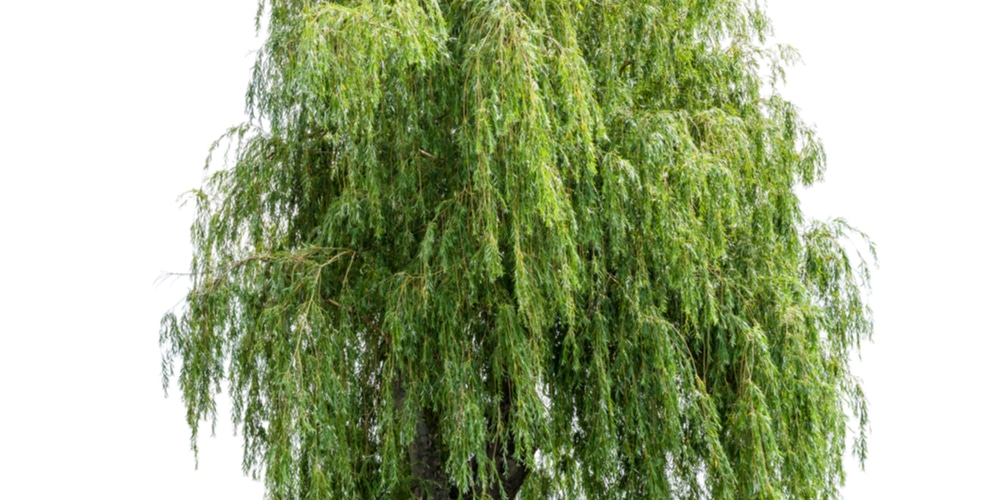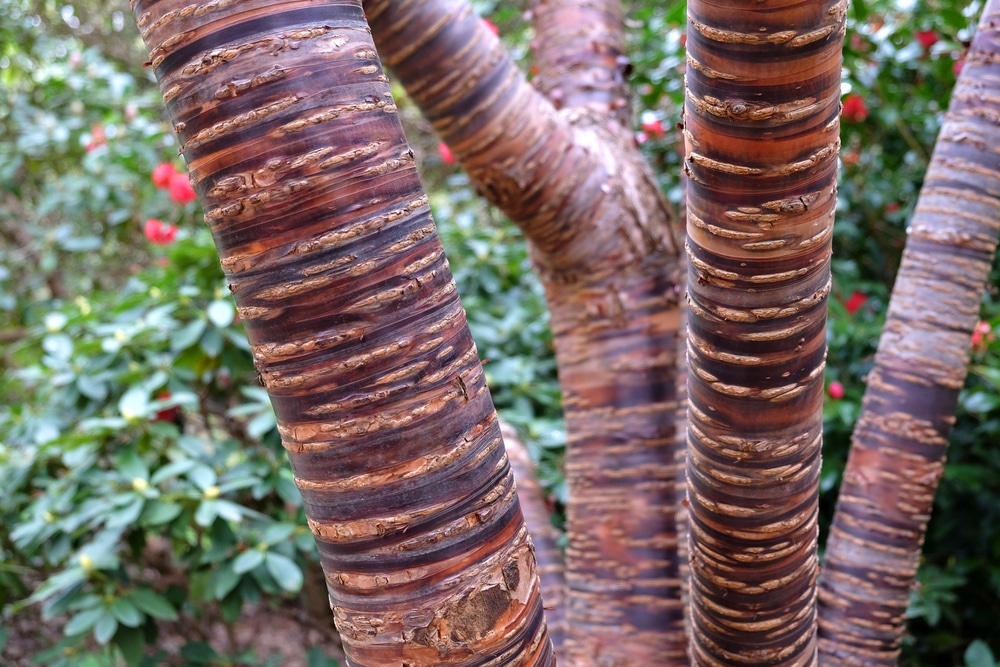Tree species with multiple trunks can provide an interesting and unique look to a landscape. Many of these trees have excellent hardiness ratings, making them suitable for colder climates. They are beneficial as they have a wide base and can provide low-down cover. However, there are also some drawbacks to multi-stem trees. Let’s look at growing multi-trunk trees. We’ll help you decide which species to add to your yard or landscaping project.
Multi trunk trees
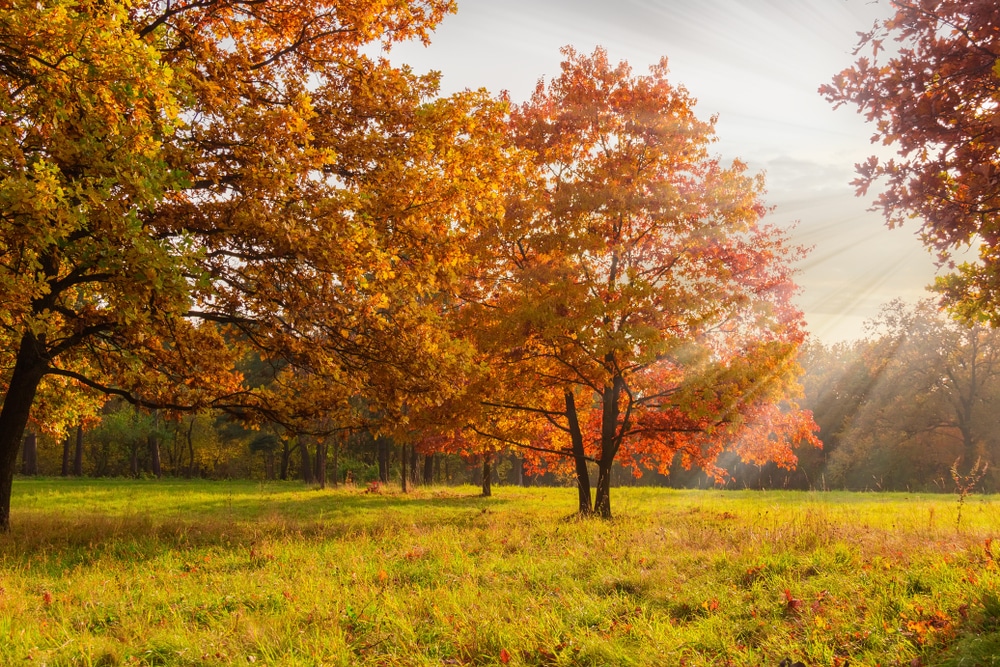
There are many varieties of multi-stem trees that can attract wildlife, create privacy and shade in your yard. They grow several stems from one rootstock.
Here is a list of some popular multi trunk trees that can be grown in various hardiness zones:
Japanese maple
Japanese maple (Acer palmatum) grows well in USDA zones 6 to 8. It features several trunks that arise from a single rootstock. It has a mature height of 14 to 25 feet, with beautiful autumn foliage in shades of red and yellow. The tree has green leaves for the rest of the year.
Japanese maples are perfect for small areas and are also available as dwarf varieties that grow 6 to 10 feet tall. They prefer to be planted in well drained soil in a sunny spot.
Paperbark maple
Paperbark maple (Acer griseum) is hardy in USDA zones 4 to 8. This deciduous tree has an attractive peeling bark that gives it a unique look. It grows to heights of up to 25 feet and prefers partial shade to full sun.
Himalayan Birch
The Himalayan birch has the botanical name Betula utilis var. It is fairly cold hardy and grows in various zones from 5 to 9. These trees are very fast growing and can grow up to one and a half feet yearly.
Himalayan birch trees have an attractive white birch which has a peeling texture. The bark can look shiny from a distance. The foliage is glossy and green, and the tree will lose its leaves during the fall.
Manchurian apricot
Manchurian apricot (Prunus armeniaca) is hardy in USDA zones 4 to 8. This small tree has multiple trunks and spreads to a width of 15 to 20 feet. It has beautiful white spring flowers, followed by small apricot-like fruit in the late summer to fall. This tree will attract birds and wildlife to your yard.
Juneberry
Juneberry trees (Betula utilis var) are also fast-growing multi trunk trees that put on over a foot of new growth a year. The tree produces large white blooms in the spring and summer months which turn into edible fruit. In fall, the trees leaves will turn orange and red.
Juneberry trees are hardy and cold-tolerant. They thrive in USDA zones 2 through 5.
Weeping willow
Weeping willow (Salix babylonica) is hardy in USDA zones 5 to 9. This deciduous tree can grow up to 25 feet tall and is perfect for larger areas. It has long, drooping branches and attractive yellow catkins in the spring.
Tibetan cherry tree
The Tibetan cherry tree has the botanical name Prunus serrula var. It’s a beautiful, medium-sized tree that thrives in USDA zones 5 to 8. The tree has unique tactile bark that’s a maroon color and adds visual interest to your yard.
Tibetan cherry trees have willow-like leaves that are dark green and turn yellow in the fall. The tree remains relatively compact, growing up to 12 feet in 20 years. It’s slow growing making it great for urban areas and smaller spaces. It produces small white blooms during the spring.
The tree is tolerant of a wide variety of soil types as long as it’s planted in an area with well-drained soil.
Chinese pistache
Chinese pistache (Pistacia Chinensis) is hardy in USDA zones 6 to 9. This deciduous tree is very tall and can easily reach a height of between 30 and 40 feet tall, with multiple trunks arising from the same root zone. It has bright, glossy green leaves in the summer and vibrant red-orange foliage in the fall.
Conclusion
These multi trunk trees can all be grown in various hardiness zones with proper care and maintenance. They provide an interesting and unique look to any landscape and a variety of seasonal colors throughout the year. Proper selection and placement make these trees a great addition to any yard.
